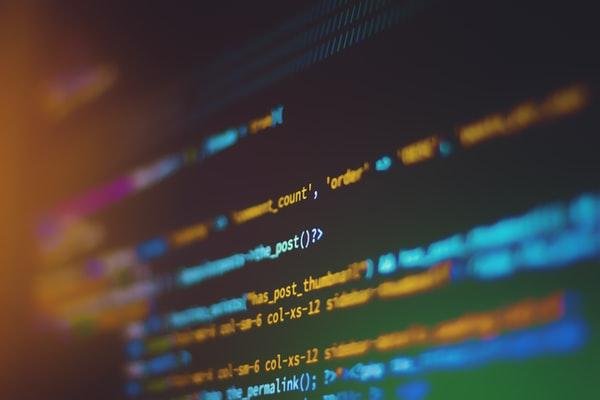There is no question that data is becoming increasingly important in our lives. We are constantly bombarded with information, and it can be difficult to make sense of it all. However, data is also becoming increasingly difficult to prepare for analysis. This is due to the sheer volume of data that is now available, as well as the variety of formats that it comes in.
In this article, we will explore the challenge of preparing data for analysis, and some of the ways that you can overcome it. Keep reading to learn more about the challenges of data preparation.
Contents
The Complexity of Preprocessing Data
Preprocessing data is a necessary step in many data analysis tasks. However, it can also be a complex and challenging process. There are various factors that need to be considered when preparing data for analysis, including the type of data, the desired outcome of the analysis, and the resources available.
One important consideration when preprocessing data is the format of the data. The format can affect how the data is prepared and how it can be analyzed. For example, if the data is in a text format, it may need to be converted into a numerical format before it can be analyzed. Similarly, if the data is in a graphical format, it may need to be converted into a numerical or text format before it can be processed.
Another important consideration when preprocessing data is the goal of the analysis. The goal will determine which types of analyses are possible and which transformations are needed to prepare the data for those analyses. For example, if the goal of an analysis is to identify trends over time, then the time series must first be extracted from any non-time-series information contained in the dataset.
Finally, another important consideration when preprocessing data is resource availability. Some transformations require more computing power or memory than others. If resources are limited, then certain transformations may need to be skipped or performed in a less computationally intensive way.
Inadequate Data Profiling
Data profiling is the process of understanding and analyzing the data within a data set. Data profiling is an important step in data preparation, as it allows you to understand the data and identify any potential issues that may impact the accuracy of your data set. Inadequate data profiling can be a challenge when preparing data for analysis, as it can make it difficult to identify any potential issues with the data set.
In order to effectively profile your data, you need to have a good understanding of the data itself. This means having a clear understanding of the data’s structure, including the types of data and the number of values for each type. You should also understand the distribution of the data, including the range of values and the frequency of each value. In addition, you should examine the relationships between different data fields, as well as the correlation between different data sets.
If the data is not well-profiled, it can be difficult to identify any potential issues with the data set. This can lead to inaccurate data and inaccurate results when the data is used for analysis. Inaccurate data can also lead to invalid conclusions and incorrect decisions.
Invalid Values in Data Sets
Invalid values can be a challenge when preparing data for analysis for a few reasons. First, if invalid values are not spotted and fixed, they can distort the results of the analysis. Second, invalid values can be difficult to spot and can easily go unnoticed. And finally, fixing invalid values can be a time-consuming process.
One way to help mitigate the impact of invalid values is to use data cleansing techniques before beginning the analysis. Data cleansing involves identifying and correcting any errors in the data set. This can include identifying and correcting invalid values, as well as removing any duplicate entries, and consolidating data fields.
Once the data set has been cleansed, the analyst can then begin the analysis. This will help to ensure that the results of the analysis are as accurate as possible. Invalid values can be a challenge, but by using data cleansing techniques, analysts can help to minimize their impact on the analysis.
Data Preparation
As you can see, there are several challenges associated with data preparation. Despite having some challenges, data preparation is a very important part of the data analysis process. The quality of the data is directly related to the quality of the analysis, and the accuracy of the results. So, take the time to handle data preparation properly and ensure you get the accurate analysis you’re looking for.





